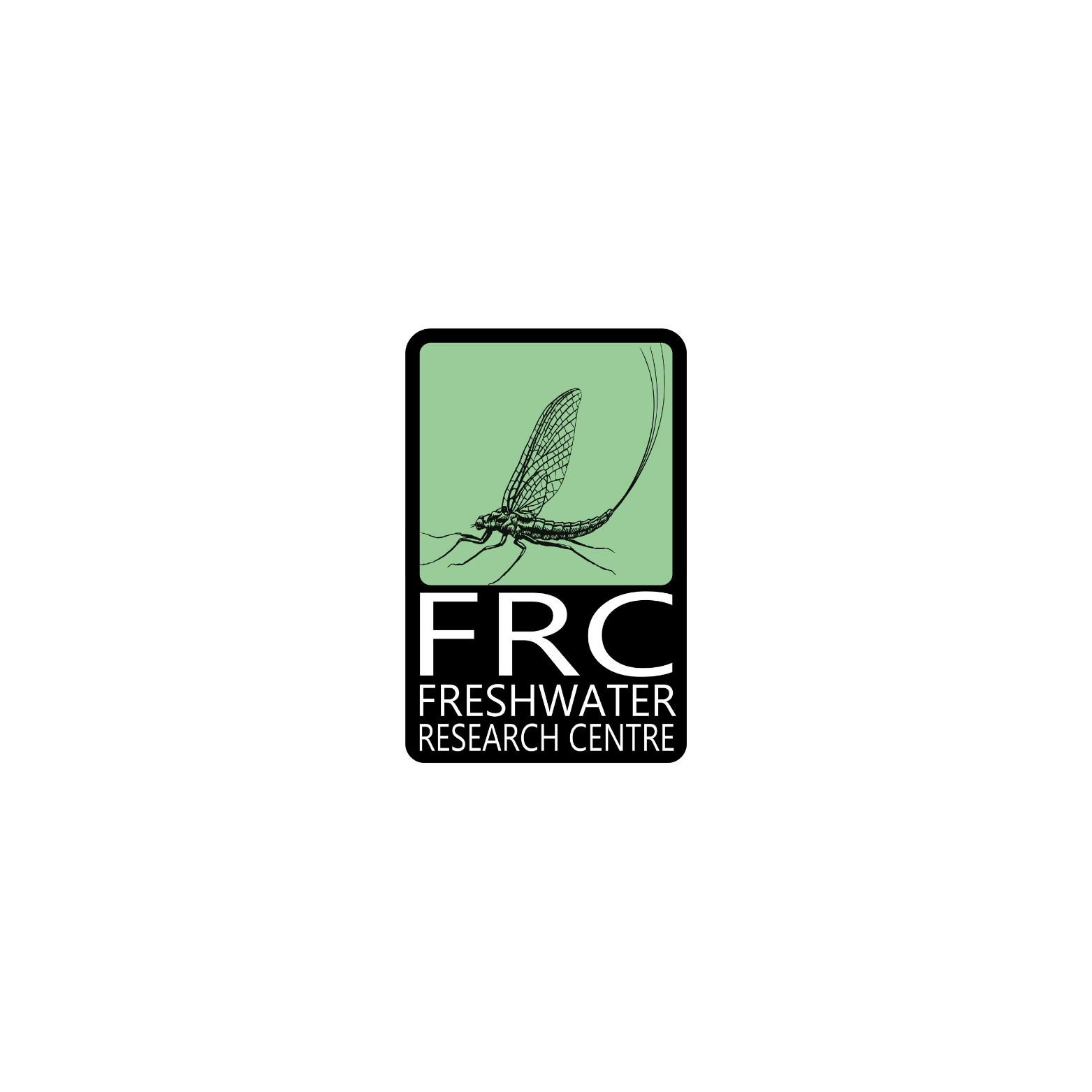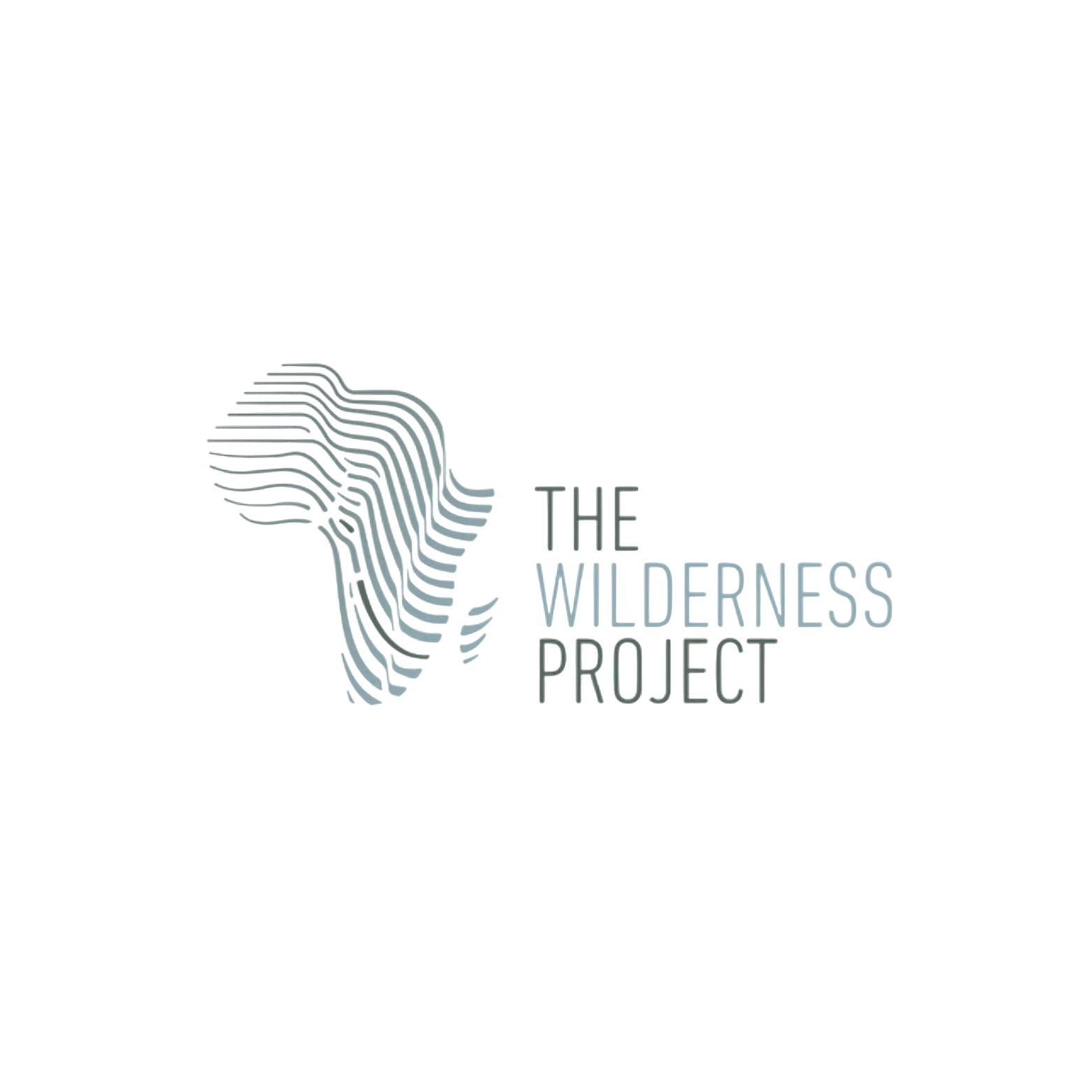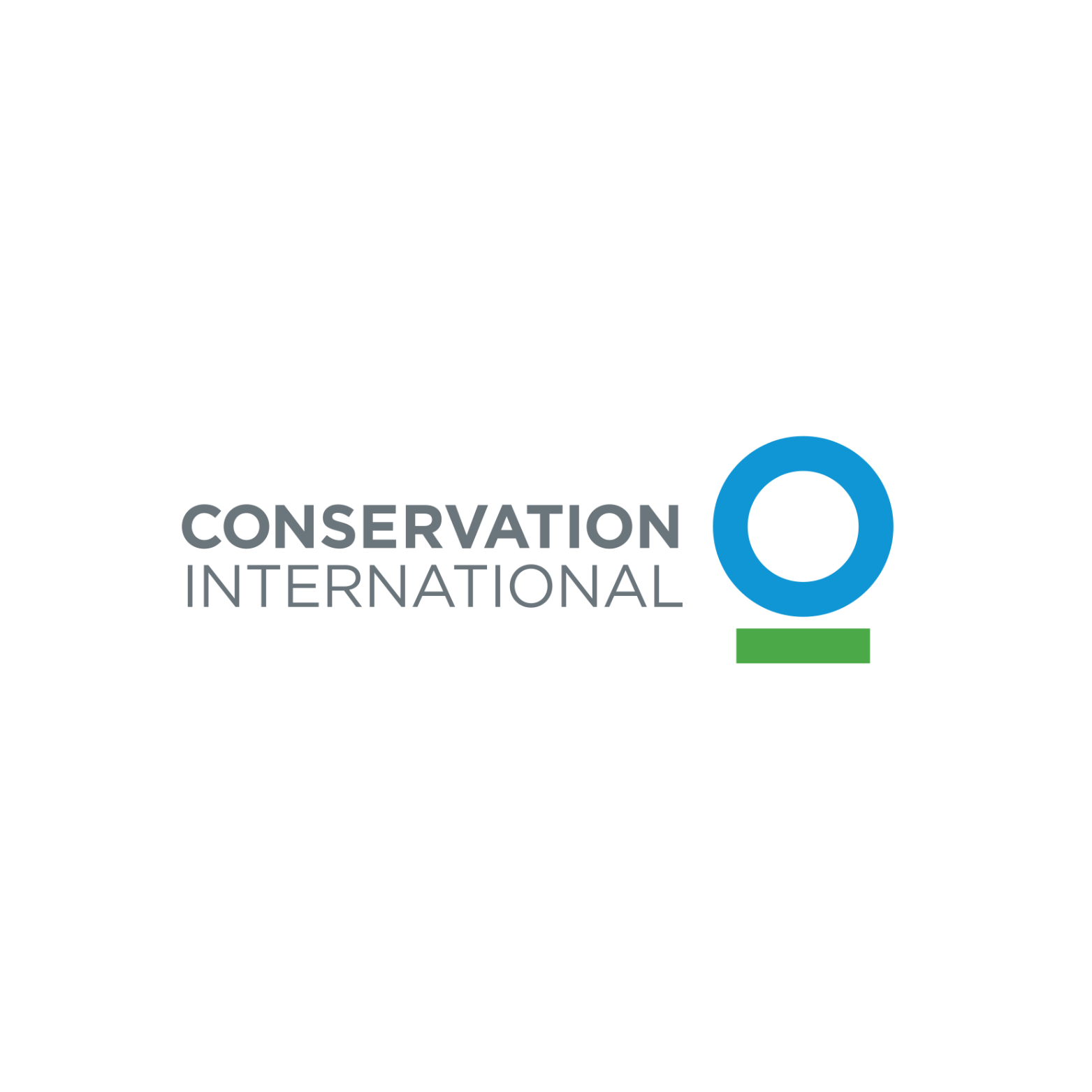Biodiversity occurrence records
| FBIS Africa |
Access to freshwater biodiversity data for Africa is limited, although a wealth of data do exist. Poor data access prevents data-driven freshwater conservation planning, ecosystem management and decision-making. This makes it difficult for African countries to implement impactful and sustainable measures to safeguard freshwater biodiversity. Through improving data access, and adding value to existing data, the Freshwater Biodiversity Information System for Africa - FBIS Africa - facilitates the development of key data products including protected area expansion, species red listing and spatial biodiversity assessments.
 |
"FBIS Africa is a user-friendly platform that supports improved freshwater conservation, management and policy in Africa" - Helen Dallas, Executive Director of the Freshwater Research Centre |
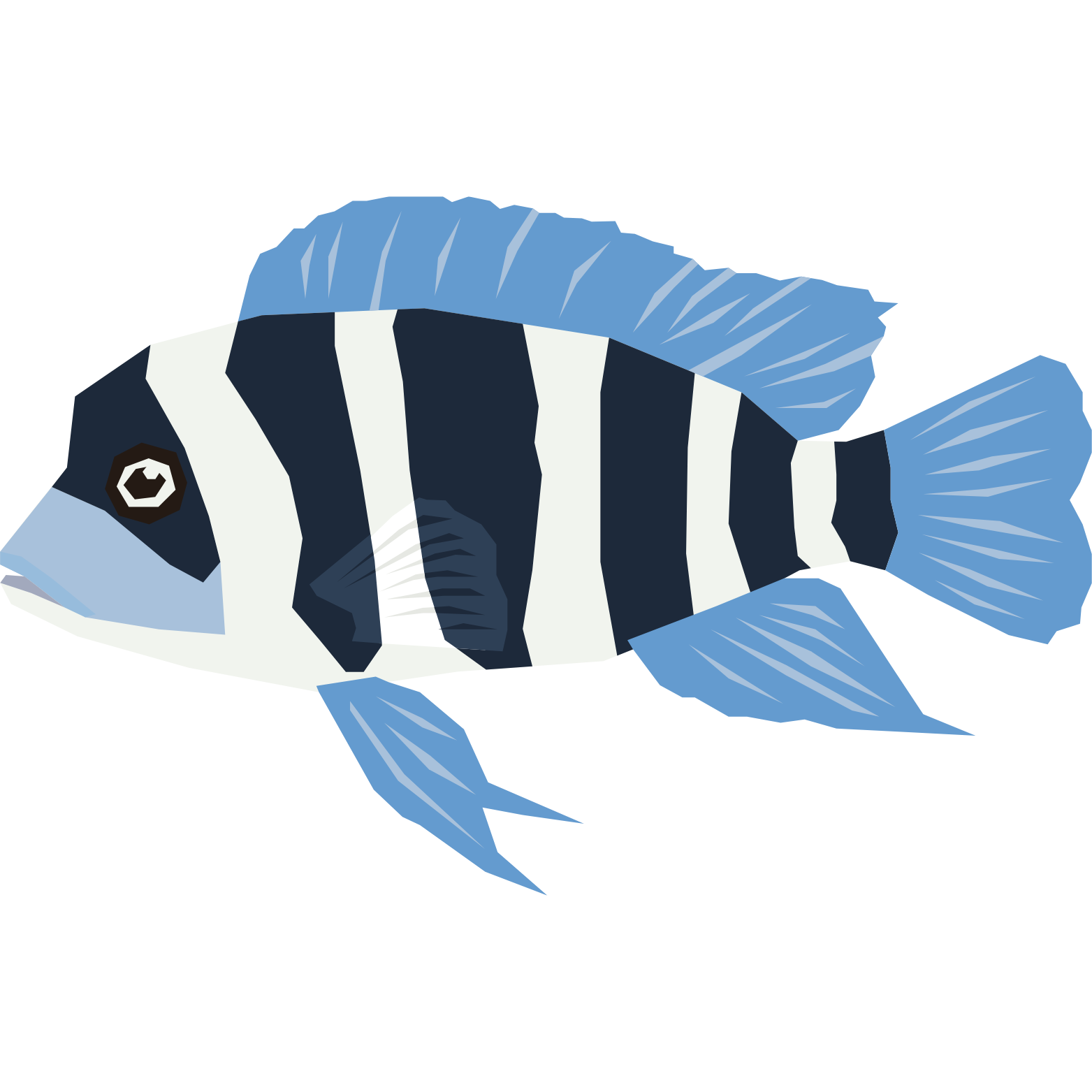 |
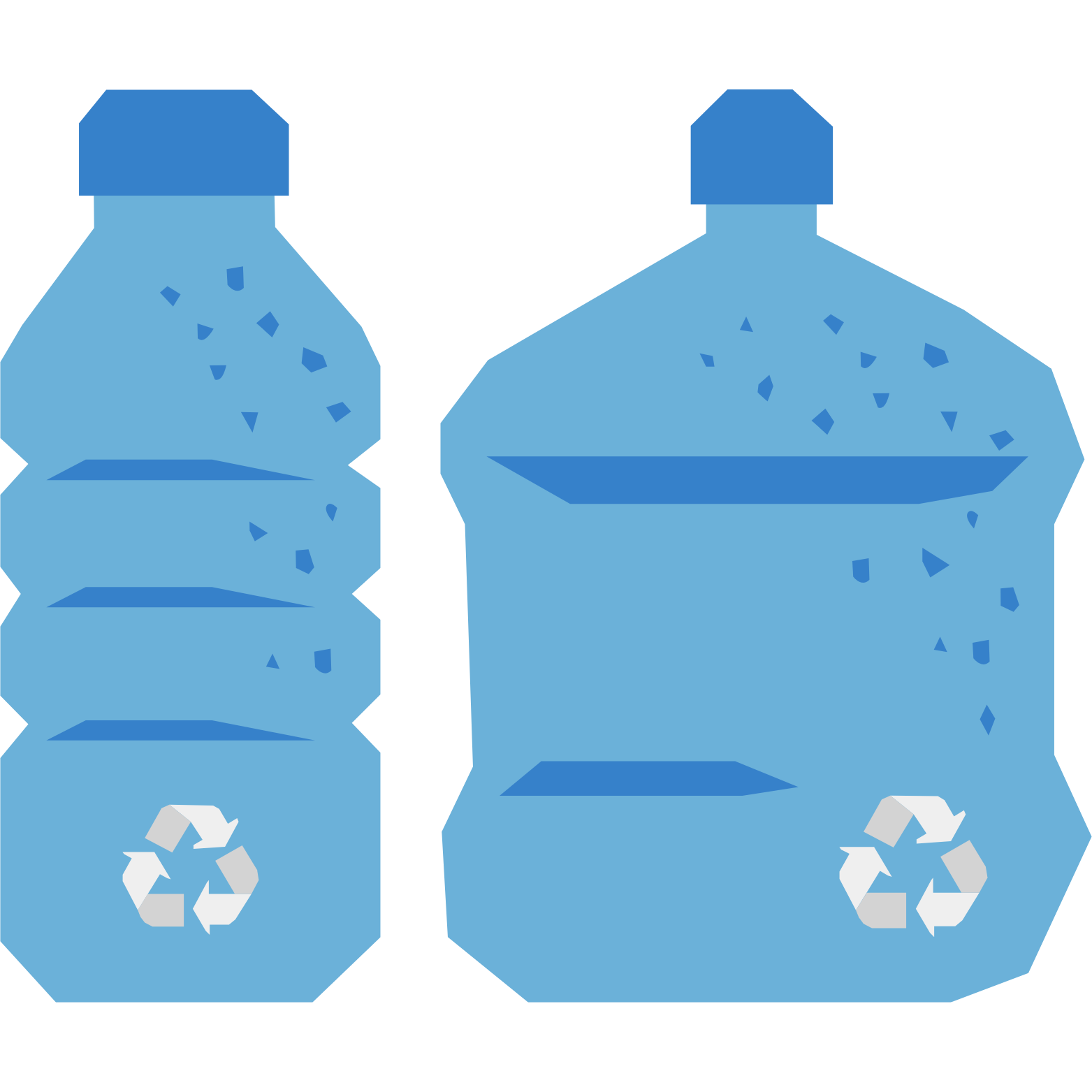 |
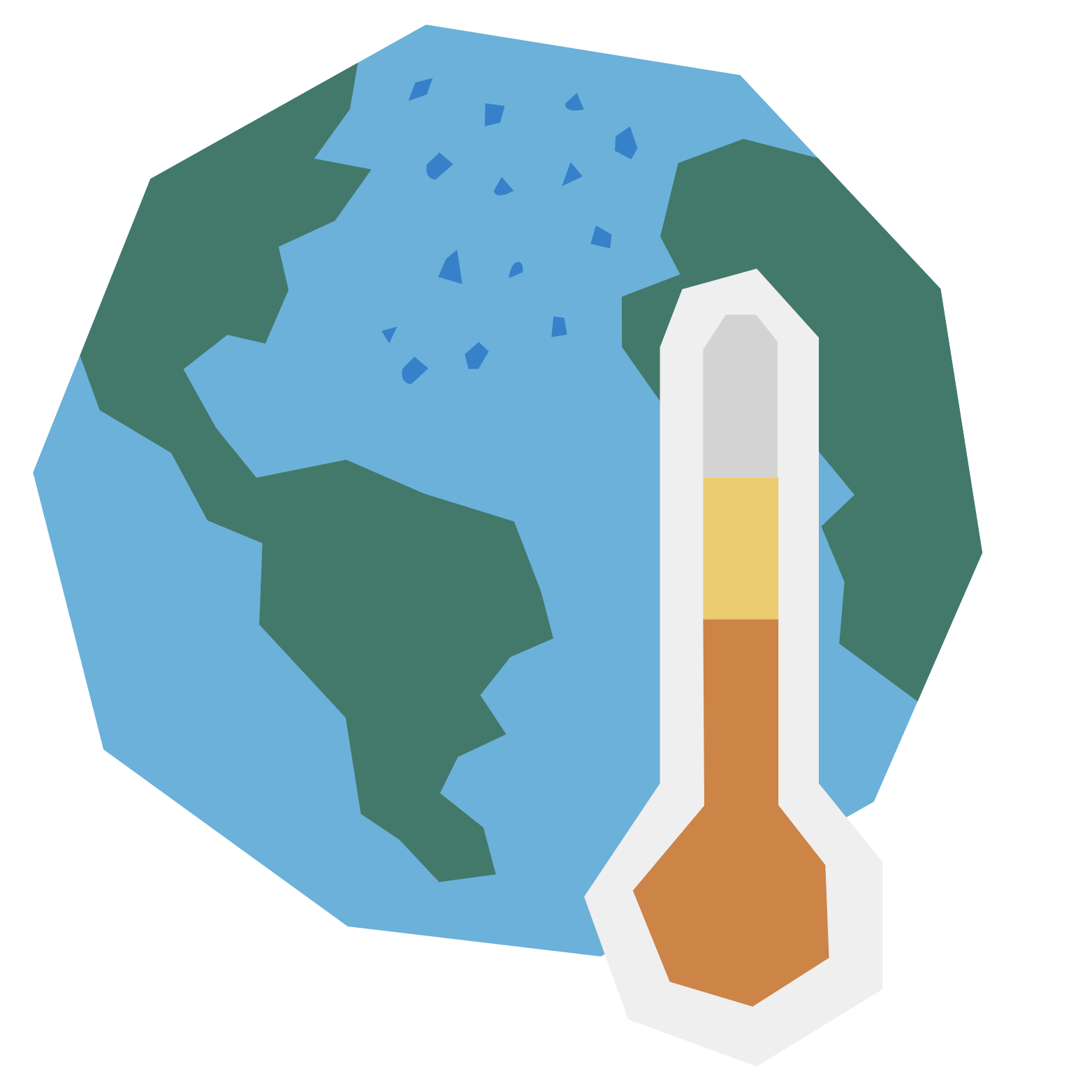 |
| Africa’s dazzling diversity of freshwater life | Freshwaters sustain the people of Africa | Africa’s freshwater ecosystems under threat |
| Beneath the reflective surface of Africa's rivers, lakes and wetlands there is a remarkable diversity of freshwater species, from minute aquatic invertebrates through to the the enormous Nile perch. Over 3900 fish species have been recorded in Africa, which is more than a quarter of the world's total freshwater fish species, with many yet to be described and discovered. | Africa's freshwater ecosystems provide food security, livelihoods and resilience to floods and droughts for millions of people across the African continent, including some of the poorest communities in the world. They also maintain ecosystem balance, fuel a substantial ornamental aquarium species trade, and high-value recreational fishing tourism industry. | Rivers and wetlands are the most threatened ecosystems globally. Since 1970, two thirds of wetlands have been degraded or destroyed, and freshwater species populations have collapsed by 85% on average since 1970. Top threats include habitat degradation, dams and overabstraction, pollution, overfishing, invasive species and climate change. |
|
Africa's Freshwater Biodiversity Roadmap |
Africa has charted a course to change the trajectory of freshwater ecosystem degradation and aquatic biodiversity decline, through ambitious but critical conservation commitments and agreements. The FBIS Africa platform is a free and open-access resource designed to help african countries meet these targets in a way that is strategic, impactful and sustainable.
 |
 |
 |
| Kunming-Montreal Global Biodiversity Framework | The Freshwater Challenge | SHOAL 1000 Fishes Blueprint |
|
The Kunming-Montreal Global Biodiversity Framework, adopted at the 15th Conference of the Parties (COP15) to the Convention on Biological Diversity (CBD), aims to halt and reverse biodiversity loss, to put nature on a path to recovery by 2030, and to live in harmony with nature by 2050. |
Twenty African countries have joined the global Freshwater Challenge, which aims to restore 300,000 kilometers of degraded rivers and 350 million hectares of degraded wetlands by 2030, and to secure the protection of freshwater ecosystems important for biodiversity, ecosystem services and human wellbeing. |
The Shoal 1,000 Fishes Blueprint outlines a framework for immediate escalated action for at least 1,000 of the world's most threatened fishes by 2035, making up for the decades of neglect suffered by freshwaters worldwide. Approximately 200 of these species live in African waters and require urgent conservation action. |
| Bending back the curve of freshwater biodiversity loss |
|
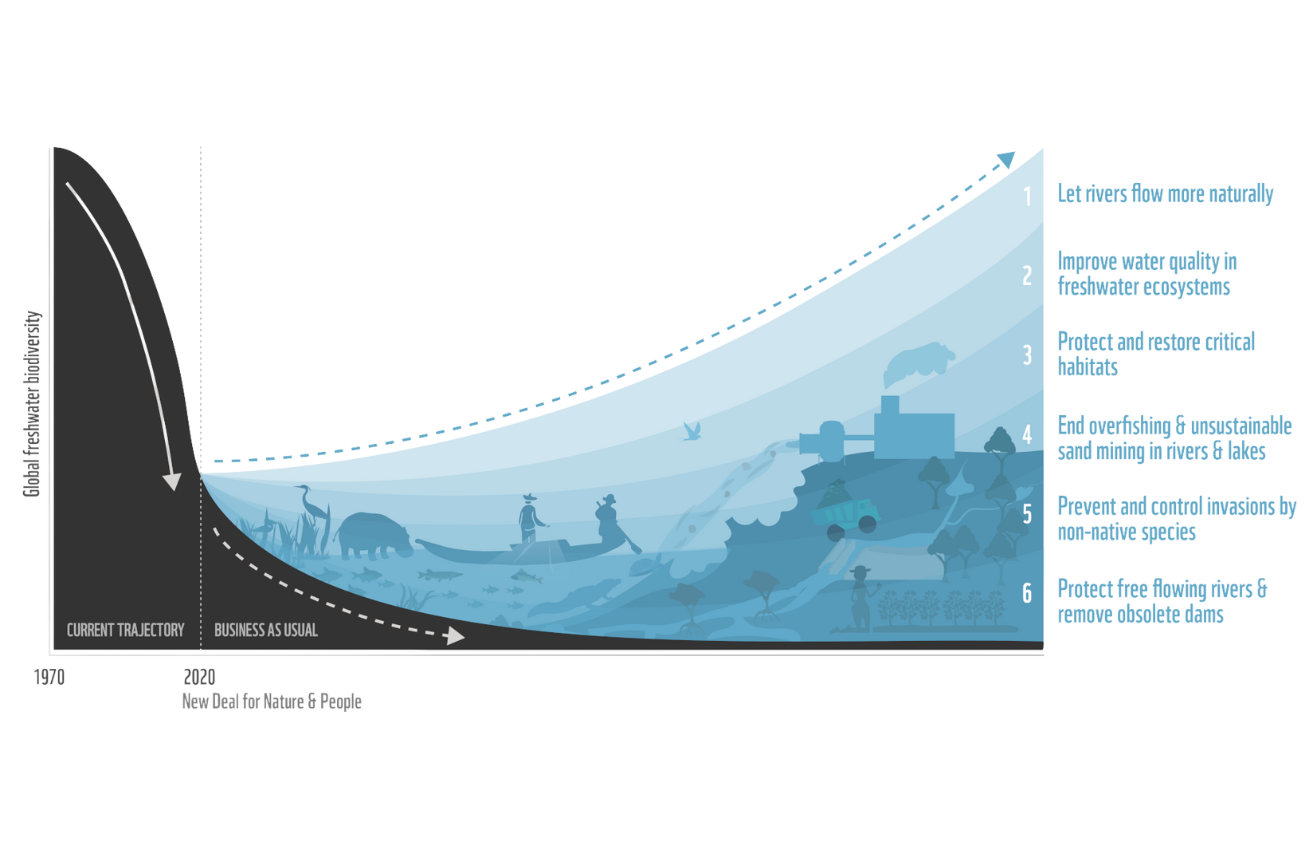
|
“These six pillars have been implemented successfully in other regions of the world. With bold leadership, African countries can adapt them to local contexts, helping secure freshwater biodiversity for generations to come.” - Eric Oyare, WWF Africa Freshwater Lead |
| Data-driven freshwater decision-making in Africa |
|
The FBIS Africa platform provides powerful, user-friendly tools for strategic and impactful implementation of the Emergency Recovery Plan for freshwater biodiversity in Africa. The platform maximises data accessibility and accuracy by linking with existing global platforms and complying with recognised data standards. Species lists and conservation status are derived from the IUCN, occurrance data are pushed and pulled to and from the GBIF and a toolbox of user-friendly spatial, ecological and customisable resources enable powerful data queries and visualisations to support data-driven freshwater conservation, management and policy in Africa.
|
Partners
